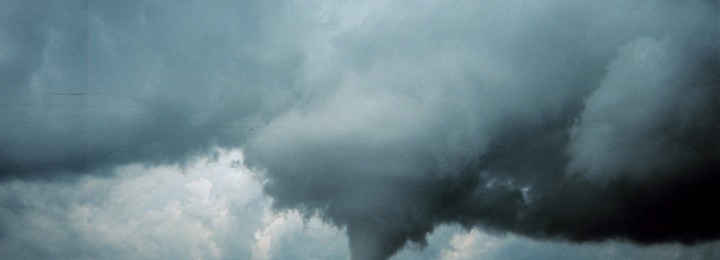-

As expected, NOAA announced that the earth as a whole had its warmest November in recorded history based on data since 1880. This is especially due to the unusually warm Atlantic, the Arctic, and the wide area of warmer than normal ocean temperatures in the Eastern Pacific due to the current strong El Nino. When…
Posted in: Climate summaries -

If you’ve ever been close to a tornado, you might have heard it. Some people describe it as a freight train, others like a swarm of angry bees. But scientists are now looking at infrasonic sound waves at very low frequencies (1 to 10 Hertz) to see if those sounds can be used to predict…
-

A strong Gulf low is expected to bring a lot of rain to parts of the Southeast this weekend and early next week as it moves across the region and up the East Coast. This QPF map shows the forecast amounts but the actual amounts that you receive will depend on the exact path and…
Posted in: Climate outlooks -

NOAA’s Climate Prediction Center released their latest ENSO discussion today. In it, they discuss the likelihood of El Nino continuing through the winter. By the April through June period they predict that neutral conditions are most likely, and by July through September there is almost an equal chance of neutral and La Nina conditions. Since…
Posted in: El Nino and La Nina -

The next time you go outside to do yard work, take the time to consider what kind of power tools you are using. If you are using gas-powered blowers and other yard equipment, you may be contributing to the particulate load in your neighborhood. Garden equipment generally has very inefficient motors that spew a lot…
Posted in: Climate and Ag in the news -

The latest Drought Monitor, released today, shows that drought in the Southeast decreased due to recent rains. The extreme (D3) drought was removed from North Carolina and shrunk in area in Georgia and Alabama. A small sliver is still hanging on around Tampa on the West Coast of Florida. Other areas of the Southeast generally…
Posted in: Drought -

One way that farmers in the Southeast are adapting to our changing climate is by planting new crops to replace those that either don’t do so well in the warmer Southeast or are not economically viable anymore. Some of the farmers I work with are planting things like satsuma and other citrus, olives, and pomegranates.…